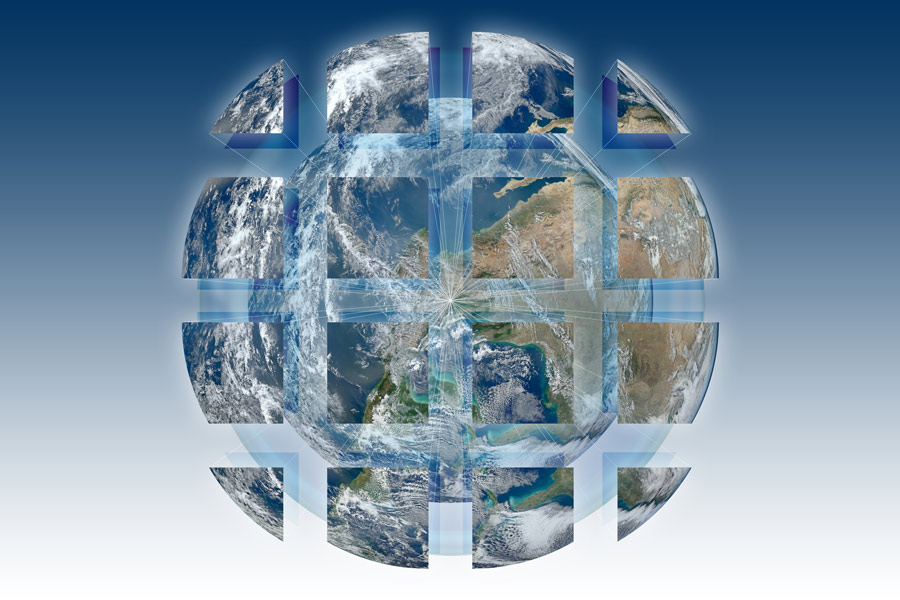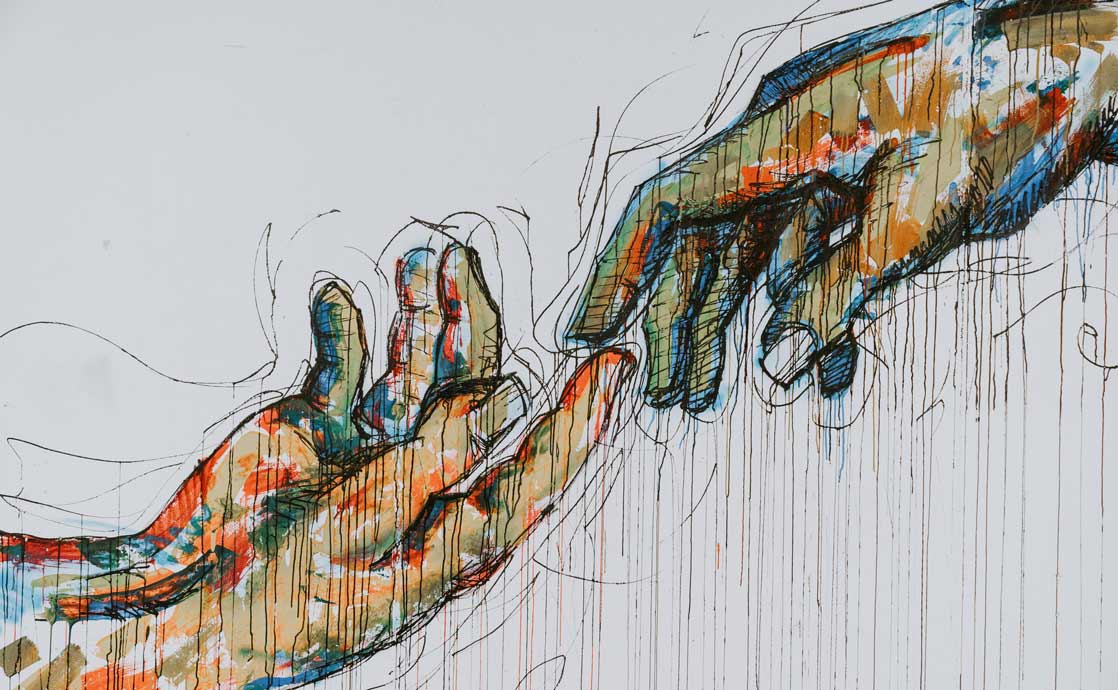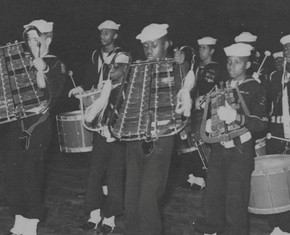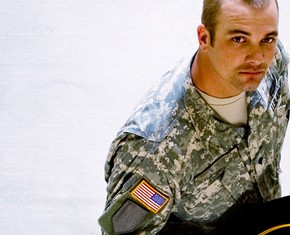The views expressed in our content reflect individual perspectives and do not represent the authoritative views of the Baha'i Faith.
Divisive attitudes are becoming more and more visible across Europe and North America, as some people would prefer to avoid cultural intermingling — “I don’t hate you, but I have to protect my own.” We’re used to seeing this through the lens of nationalism — but what about the lens of tribalism?
The word “tribalism” suggests limited consciousness yet extreme loyalty, with the exaltation of one’s group above others. According to author and consultant David Ropeik, it “controls a lot of our behavior, readily overriding reason.”
Ropeik explains that tribalism comes from an inner need for belonging and identity — birds of a feather flock together. If there is a perceived threat, then the group will rise to protect itself. When he was growing up in Trenton, New Jersey, his synagogue was right across the street from a Catholic church, making Bellevue Avenue the dividing line between the “Chosen People” and the “Saved Ones.” Just like the tribal instincts of old, one group was the enemy of the other. This is not unique to the United States. In the 19th century in the town where I live, Newmarket, Ontario, Main Street was the dividing line between the dominant Protestants and newly arrived Irish Catholics.
Baha’u’llah, the prophet and founder of the Baha’i Faith, wrote about how harmful this mentality can be, particularly in the context of religion: “Nothing whatever can, in this Day, inflict a greater harm upon this Cause than dissension and strife, contention, estrangement and apathy, among the loved ones of God.”
The latest version of tribalism has some semblance of the past human experience, but it has morphed into something different with characteristics of unbending divisiveness. Many ideological groups are forming with heightened zeal and passion, and a desire to change society. Powered by the strong commitment and sincerity of staunch believers, they are willing to fight. But it can be easy to narrow one’s focus to only one group, instead of having a wider vision. For instance, what if changes made in the name of protecting the environment don’t take into account the livelihoods of the local population? A holistic approach should find ways to balance the needs of all.

Baha’u’llah advised 150 years ago: “Let your vision be world-embracing, rather than confined to your own self.”
We need empathy and kind consideration to move forward when diverse forces are at play. During these challenging times, our trust in each other and in our institutions is eroding. The leaders of our time have the responsibility to protect the rights of all to find a peaceful co-existence; and we have the responsibility to educate ourselves and expand our vision to incorporate the needs of everyone around us — no matter how different from us they are. Diversity is not to be feared but embraced.
I am very optimistic that humanity, while facing many challenges, has the capacity to resolve social problems, as it has done in some of the most difficult situations. For example, the dissension between Catholics and Protestants in Ireland has decreased to the point that they are not resorting to violence anymore. In Newmarket, Main Street is a bustling street with flavors of the old town without the religious acrimony of the past. Instead of being an ideological divide, the old section of this town is now lined with Mexican, Japanese, Indian, and Middle Eastern restaurants where patrons of different races and cultures mingle in a social setting.
In 1971, when I first stepped into Toronto, 90% of the population was white. Statistics Canada’s 2016 Census indicated that 51.5% of Toronto’s population was composed of visible minorities. Over 250 ethnic groups call this fair city home, where all live in harmony — working, raising families, and enjoying life. Transitioning from ideological tribalism to peaceful coexistence is not only possible but inevitable.
















Comments
Sign in or create an account
Continue with Googleor